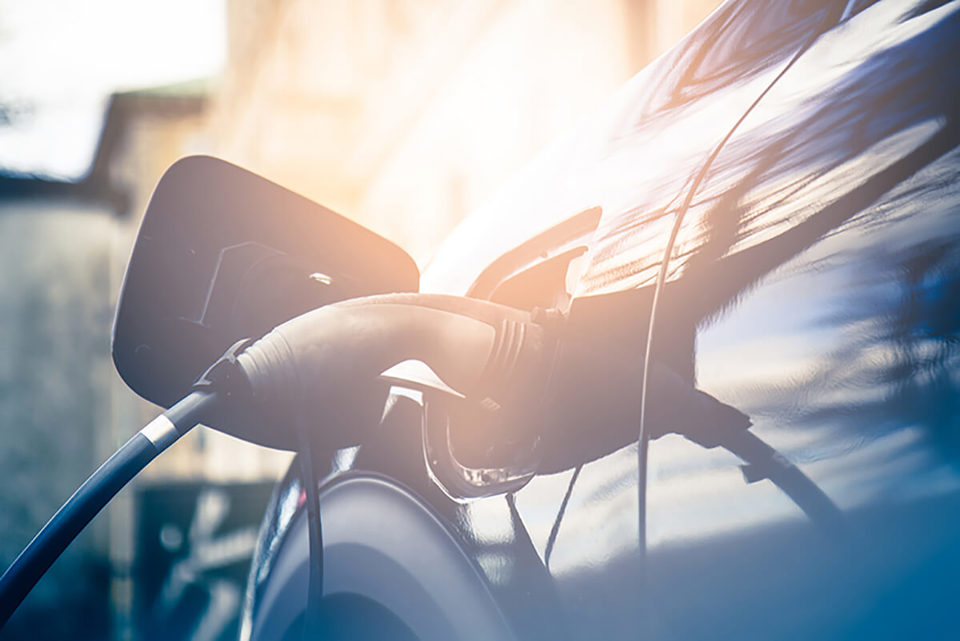Recent research conducted by GM predicts that secondary use of 33 Volt batteries will have enough storage capacity to power up to 50 homes for about four hours during a power outage.
Earlier this year, General Motors signed a definitive agreement with ABB Group to identify joint research and development projects that would reuse Chevrolet Volt battery systems, which will have up to 70% of life remaining after their automotive use is exhausted.
GM and ABB have now demonstrated an energy storage system that combines a proven electric vehicle battery technology and a proven grid-tied electric power inverter.
The two companies are building a prototype that could lead to Volt battery packs storing energy, including renewable wind and solar energy, and feeding it back to the grid.
The system could store electricity from the grid during times of low usage to be used during periods of peak demand, saving customers and utilities money. The battery packs could also be used as back-up power sources during outages and brownouts.
“GM’s battery leadership position doesn’t stop at the road – it extends throughout the life of the battery, including ways we can benefit society and the environment,” said Micky Bly, GM executive director – Global Electrical Systems, Electrification and Infotainment. "As we grow our battery systems expertise, we need to assure we’re optimizing the development of our battery systems with secondary use in mind from the start.
“Partnerships with organizations such as ABB provide real-world applications that prove what we’re doing is real, not fiction.”
Using Volt battery cells, the ABB and GM team is building a prototype system for 25-kilowatt/50-kWh applications, about the same power consumption of five U.S. homes or small retail and industrial facilities.

















Login to comment
Comments
No comments have been made yet.